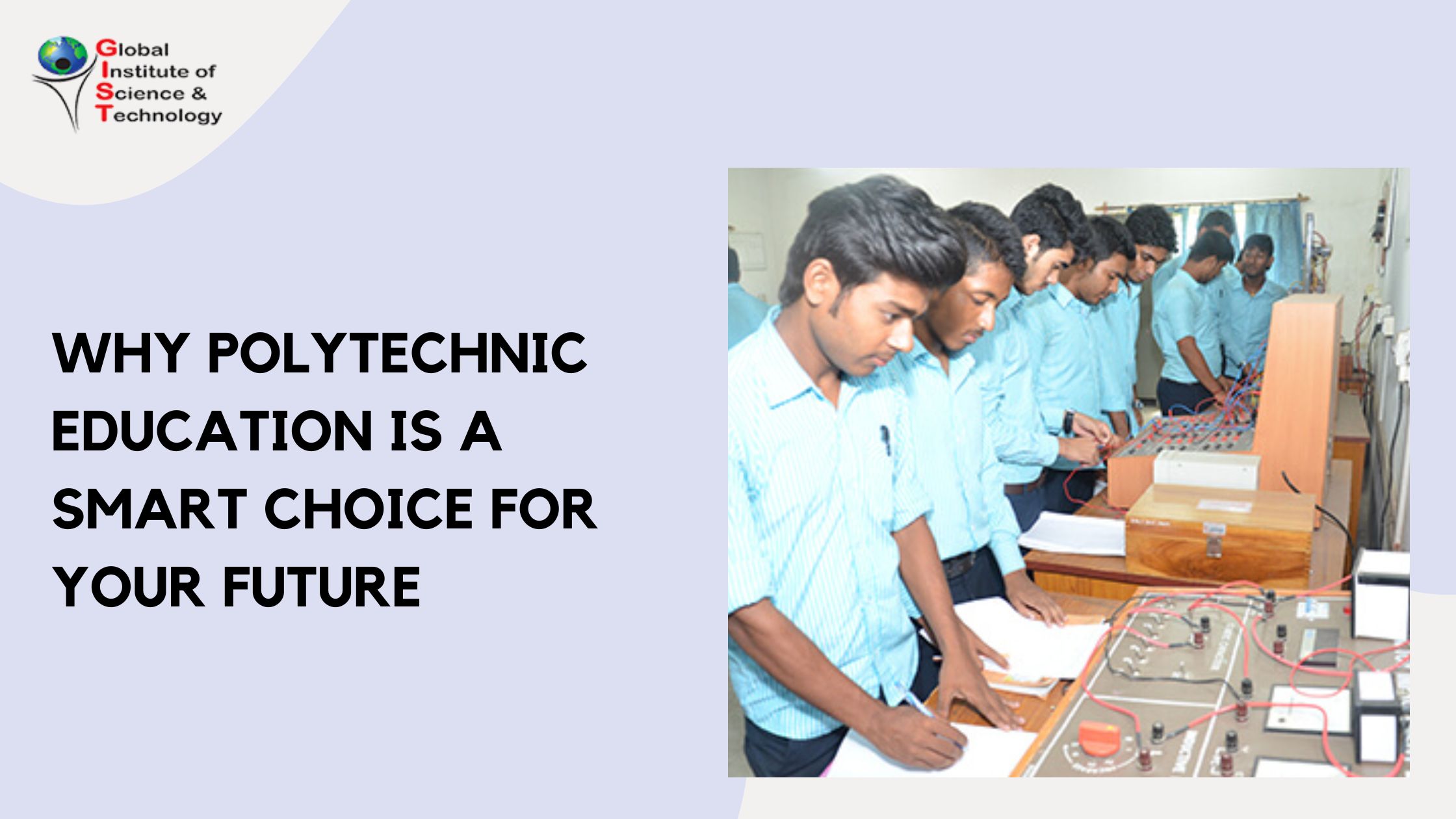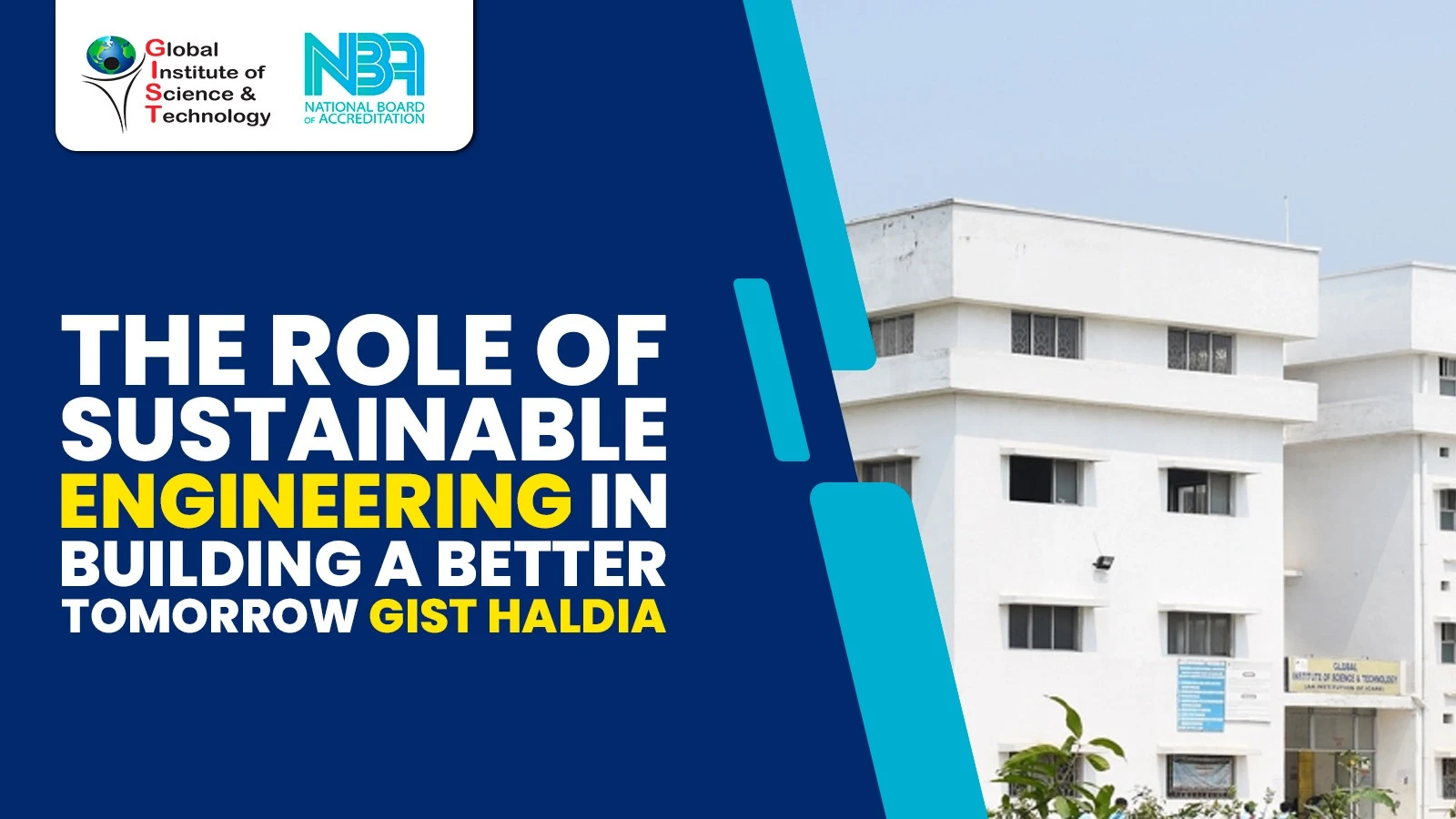
- 21 Oct
- 2025
The Role of Sustainable Engineering in Building a Better Tomorrow | GIST Haldia
As the world grapples with climate change, resource depletion, and rapid urbanization, the demand for sustainable engineering has never been greater. Engineering, once primarily focused on technological advancement and industrial growth, now carries the responsibility of creating environmentally responsible solutions that balance innovation with sustainability.
At GIST Haldia, this philosophy is not just an academic pursuit—it’s a mission. The institution is committed to preparing engineers who understand the importance of ecological balance, energy conservation, and ethical innovation. The goal is simple yet profound: to build a better tomorrow through sustainable engineering practices that serve both humanity and the planet.
Understanding Sustainable Engineering
Sustainable engineering refers to the application of engineering principles that meet present needs without compromising the ability of future generations to meet theirs. It emphasizes resource efficiency, waste reduction, renewable energy use, and environmentally friendly designs.
Traditional engineering often aimed for speed, scale, and cost-efficiency. However, modern sustainable engineering goes further—it integrates economic, environmental, and social dimensions to ensure that progress does not come at the planet’s expense.
A sustainable engineer is not just a problem solver but also a planet protector—one who designs systems, products, and processes that minimize environmental harm while maximizing long-term benefits.
The Need for Sustainable Engineering in the Modern World
The 21st century has brought immense technological progress but also significant environmental challenges. Rising carbon emissions, deforestation, pollution, and waste have pushed the planet to its limits. Engineering, being central to industrial and infrastructural development, must evolve to address these issues.
Some key reasons why sustainable engineering is crucial today include:
Climate Change Mitigation: Engineers play a pivotal role in designing renewable energy systems, low-emission technologies, and climate-resilient infrastructure.
Resource Conservation: Sustainable engineering promotes the efficient use of raw materials, water, and energy.
Waste Management: Through recycling, upcycling, and innovative material usage, engineers minimize waste output.
Economic Viability: Green technologies, though initially expensive, reduce long-term costs and create new job opportunities.
Global Sustainability Goals: The United Nations’ Sustainable Development Goals (SDGs) highlight engineering’s role in clean energy, infrastructure, and responsible consumption.
Core Principles of Sustainable Engineering
The foundation of sustainable engineering lies in several guiding principles that ensure technology and sustainability coexist harmoniously.
1. Life Cycle Thinking
This approach evaluates a product or system from conception to disposal. Engineers assess environmental impacts at each stage—design, production, use, and end-of-life—to minimize the overall footprint.
2. Renewable Energy Integration
Solar, wind, hydro, and biomass energy sources are central to sustainable engineering. Modern engineers must design systems that utilize renewables efficiently to reduce dependence on fossil fuels.
3. Circular Economy
Instead of the traditional “take-make-dispose” model, a circular economy focuses on “reuse, repair, and recycle.” Engineering innovations in material science and design make this approach feasible.
4. Energy Efficiency
Every machine, building, or system should be designed to consume minimal energy. From LED lighting to smart grids, energy efficiency drives sustainability.
5. Pollution Prevention
Engineers develop cleaner manufacturing processes, low-emission vehicles, and water treatment technologies to reduce pollutants at the source.
6. Social Responsibility
Sustainability extends beyond technology—it includes ethical decision-making that considers the impact on people, communities, and future generations.
Sustainable Engineering in Different Sectors
1. Civil and Structural Engineering
Civil engineers play a major role in sustainable infrastructure. They design green buildings, smart cities, and eco-friendly transportation systems. Innovations such as green roofs, recycled materials, and energy-efficient designs reduce carbon footprints while improving livability.
2. Mechanical Engineering
Mechanical engineers are key drivers of sustainable manufacturing. Through precision design, energy-efficient machinery, and renewable energy integration, they ensure processes consume fewer resources while producing less waste.
3. Electrical and Electronics Engineering
From smart grids to energy-efficient appliances, electrical engineers are leading the renewable energy revolution. Sustainable design now focuses on minimizing power loss and maximizing renewable integration.
4. Chemical Engineering
Chemical engineers contribute by developing biofuels, biodegradable plastics, and green industrial processes. Their work ensures that chemical industries move towards non-toxic, recyclable, and low-impact alternatives.
5. Computer Science and IT
Though not traditionally associated with sustainability, computing plays a crucial role in developing smart solutions—like AI for energy optimization, IoT-enabled monitoring, and data analytics for environmental modeling.
Green Technology and Innovation
Technology has always been the engine of progress, and now it’s also the tool for sustainability. Engineers today are developing technologies that balance growth with environmental responsibility.
Some groundbreaking innovations include:
Smart Grids for efficient power distribution
Electric Vehicles (EVs) for cleaner transportation
Renewable Energy Storage Systems
Waste-to-Energy Plants
Green Construction Materials
Carbon Capture and Storage (CCS) Technologies
Each of these innovations demonstrates how engineering can lead the world toward a low-carbon, energy-efficient future.
Sustainable Engineering and Education: The GIST Haldia Approach
At GIST Haldia, the curriculum is designed not only to impart technical knowledge but also to instill environmental consciousness. Through specialized programs, research projects, and innovation-driven teaching, students learn how to apply sustainability in every discipline of engineering.
Key Highlights of GIST Haldia’s Sustainable Education Approach
Interdisciplinary Learning: Students from civil, mechanical, electrical, and computer streams collaborate on real-world sustainability projects.
Green Campus Initiatives: Energy-efficient infrastructure, waste segregation, rainwater harvesting, and green landscaping make the campus a living model of sustainability.
Research & Innovation Centers: GIST encourages research in renewable energy, sustainable materials, and smart city technologies.
Industry Collaboration: Partnerships with eco-conscious industries provide students with exposure to sustainable practices in the real world.
Skill Development Workshops: Seminars on green technology, environmental ethics, and resource management prepare students for global challenges.
Role of Engineers in Achieving Global Sustainability Goals
Engineers are vital in realizing the UN’s 17 Sustainable Development Goals (SDGs)—particularly those related to clean energy, sustainable cities, responsible production, and climate action.
At GIST Haldia, students are encouraged to align their academic projects and innovations with these global goals. Whether developing efficient irrigation systems, designing low-cost renewable energy models, or creating pollution control mechanisms, GIST engineers contribute to global sustainability efforts.
Challenges in Implementing Sustainable Engineering
While sustainable engineering holds great promise, several challenges persist:
High Initial Costs: Green technologies often require significant upfront investment.
Lack of Awareness: Many industries and consumers remain unaware of long-term sustainability benefits.
Technological Barriers: Some sustainable solutions are still under development or not commercially viable.
Policy and Regulation Gaps: Governments and organizations need stronger sustainability mandates.
Cultural Resistance: Traditional mindsets often resist the shift to new, eco-friendly methods.
However, with education, innovation, and institutional support—as seen at GIST Haldia—these barriers are steadily being overcome.
Future of Sustainable Engineering
The future of engineering is green, digital, and inclusive. The rise of artificial intelligence, smart systems, and advanced materials is making sustainability both achievable and profitable. The next generation of engineers must not only design for function but also for impact—balancing technological advancement with ecological responsibility.
Emerging fields like sustainable robotics, eco-design, smart cities, and renewable energy engineering will dominate the future job market, giving engineers endless opportunities to make a difference.
How GIST Haldia Shapes Tomorrow’s Sustainable Engineers
GIST Haldia’s vision extends beyond classroom learning. Through research-driven projects, experiential learning, and a strong emphasis on ethics and environmental stewardship, it nurtures engineers who are both technically proficient and socially responsible.
Students are encouraged to innovate with conscience—whether by developing low-cost sustainable devices, designing energy-efficient systems, or participating in eco-friendly community initiatives. GIST’s commitment ensures that every graduate contributes meaningfully to global sustainability efforts.
Conclusion
Sustainable engineering is no longer a choice—it’s a necessity. As humanity faces environmental crises and resource constraints, engineers must lead the charge toward a cleaner, smarter, and more resilient planet. Institutions like GIST Haldia stand at the forefront of this movement, preparing engineers who not only build but also sustain.
In building a better tomorrow, the world doesn’t just need engineers—it needs sustainable engineers.
And at GIST Haldia, that future is already being designed today.
FAQ Section
1. What is sustainable engineering?
Sustainable engineering involves designing systems and technologies that meet present needs without harming future generations, focusing on resource efficiency and environmental protection.
2. Why is sustainable engineering important?
It addresses global challenges like climate change, pollution, and energy scarcity by creating eco-friendly, long-lasting solutions.
3. How does GIST Haldia promote sustainability in engineering education?
GIST integrates sustainability into its curriculum, research projects, and campus practices—training students to develop innovative, green solutions.
4. What are some examples of sustainable engineering projects?
Examples include solar-powered devices, green buildings, waste-to-energy systems, and water recycling innovation s.
5. What are the future prospects for sustainable engineers?
Sustainable engineers are in high demand across industries like renewable energy, urban planning, construction, and manufacturing, offering global career opportunities.







.webp)

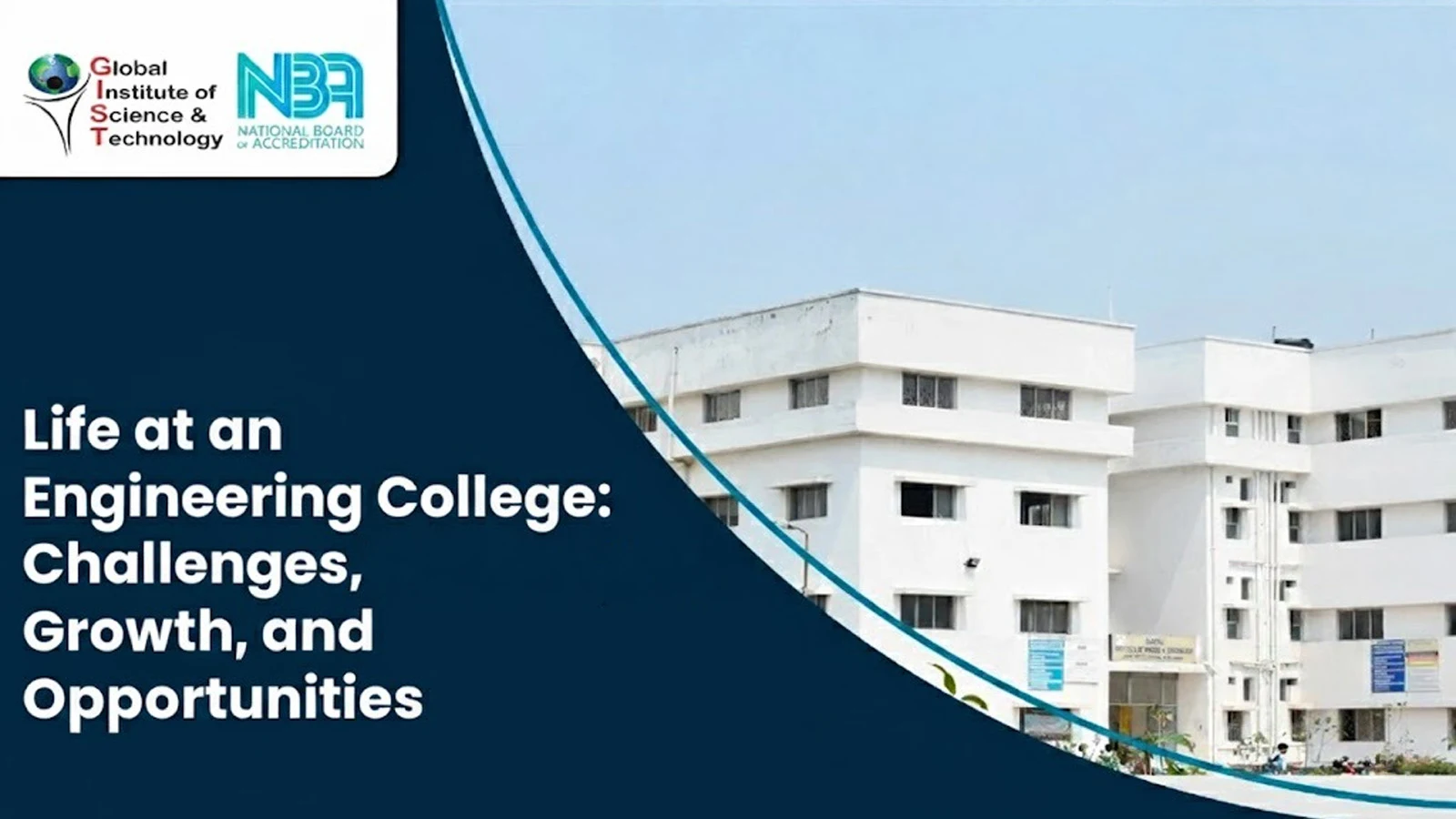


.webp)
.webp)



.webp)

.webp)



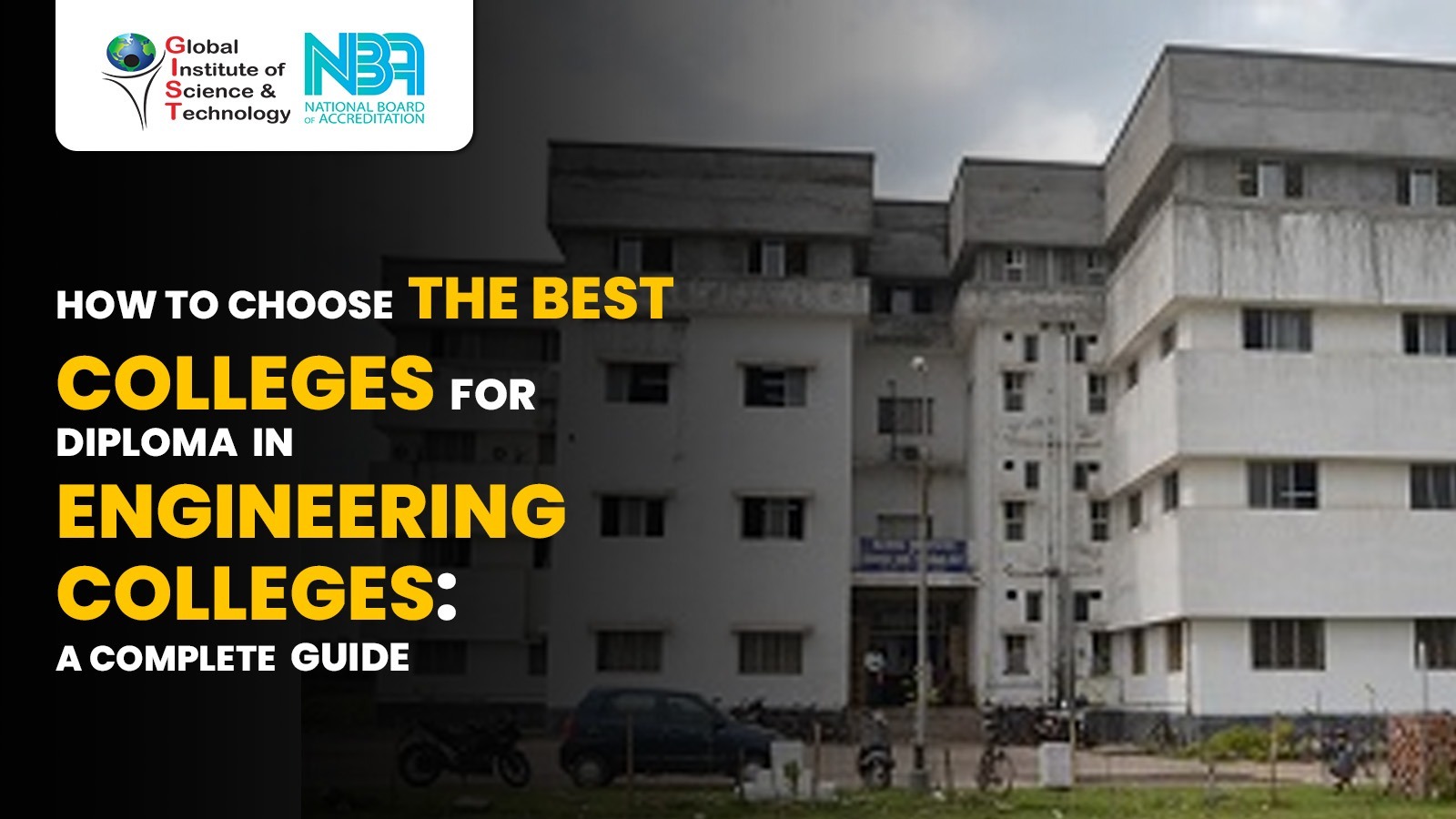



.webp)
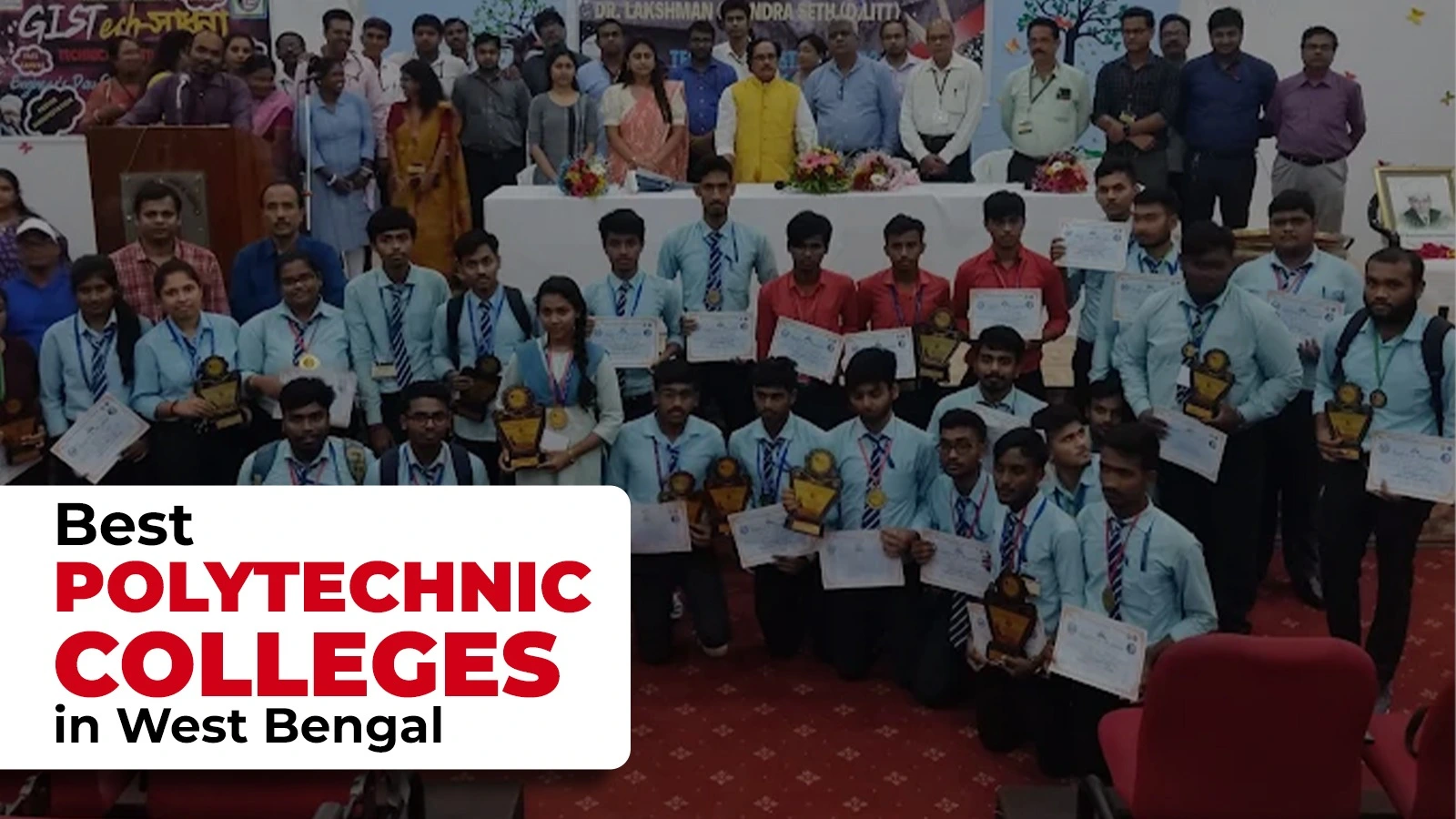
























.jpg)


.jpg)
.jpg)
.jpg)



.jpg)
.jpg)
.jpg)



.jpg)



.jpg)



.jpg)
.jpg)











.png)



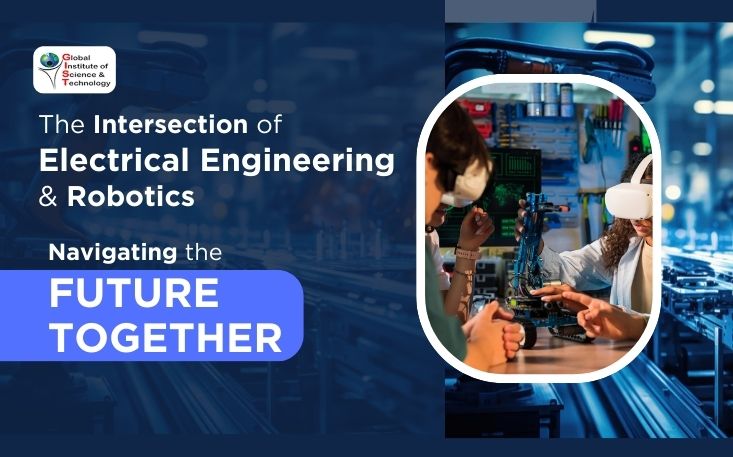


.png)








.png)

.png)

